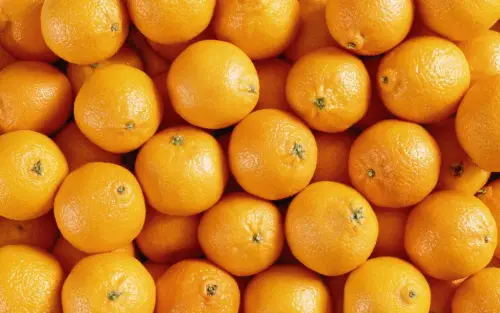It is hard to tell the difference between citrus fruits at times. They all somehow appear to have the same size and orange skin. Their differences become more evident when you observe them closely and try each kind. This is true for clementines and tangerines – two types of mandarin oranges. You’ll discover the differences between clementines and tangerines below.
Summary Table
| Clementine | Tangerine |
| Citrus x clementina | Citrus tangerina |
| Red-orange skin | Bright orange skin |
| Honey-sweet | Less sweet |
| Seedless | Has seeds |
Descriptions

The scientific name of the clementine is Citrus x clementina. Clementines have red-orange skin. This particular citrus fruit has a honey-sweet flavor and is seedless.

The scientific name of the tangerine is Citrus tangerina. Tangerines have bright orange skin. This citrus fruit is less sweet compared to other types of mandarin oranges and it contains seeds.
Clementine vs Tangerine
The difference between a clementine and a tangerine is not so obvious from the outside but becomes more evident when consumed. The clementine’s rind is very smooth and shiny, it has a honey-sweet taste, and it is seedless. The tangerine, on the other hand, is less sweet compared to the clementine and it contains seeds.
Origin and other characteristics
A clementine is a citrus fruit that is actually a hybrid of a mandarin orange and a sweet orange. It belongs to the Citrus x clementina species. It can be identified by its red-orange skin. A tangerine, on the other hand, is a citrus fruit which belongs to the Citrus tangerina species and is a type of mandarin orange. This particular fruit has bright orange skin and is relatively easy to peel. Being easy to peel is a common characteristic of mandarin oranges.
Fruit cultivation
The discovery of the clementine is attributed to a French missionary brother from Algeria, Marie-Clément Rodier. Brother Clement helped run an orphanage and worked on making grafts of citrus trees. This resulted in the clementine, initially regarded not as a mandarin tree or an orange tree. It gained popularity for its appearance, which was redder than the mandarin. Preference for the fruit also stemmed from it being deliciously sweet and seedless. Clementines were introduced to North America in 1914. Currently, most consumers refer to the easy-peel varieties as clementines. Some though, find it hard to distinguish clementines from other mandarin orange varieties such as the satsuma or honey sweet orange. Clementines are usually available in the market from late October to February.
The cultivation of tangerines started some 3,000 years ago in certain parts of China and Japan. The popularity of cultivating tangerines only reached the western world around the 19th century. In North American, the tangerines that are known are the late season variety, available from late October to January. This variety of mandarin orange is considered to have thin and fairly tight rinds.




